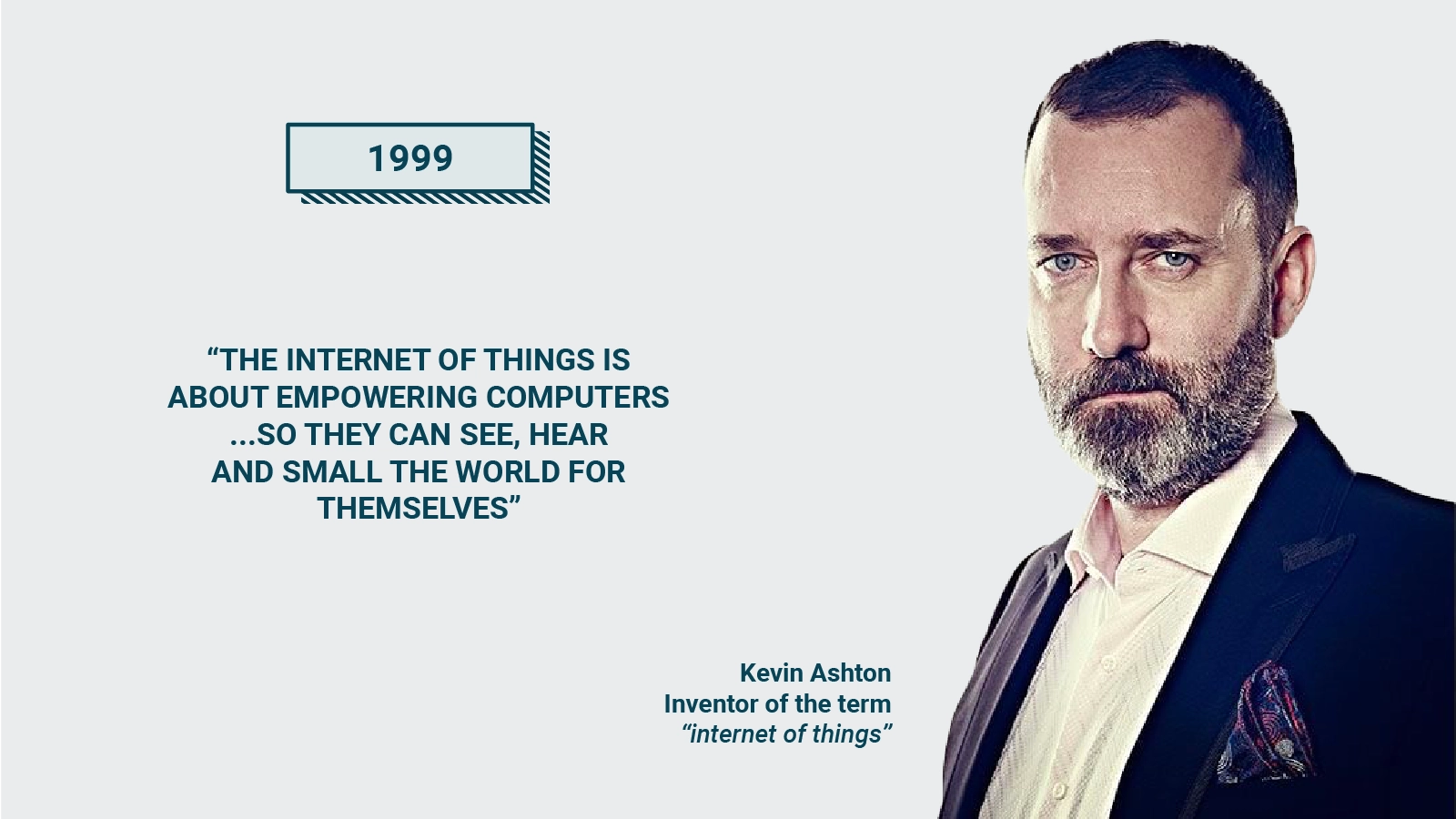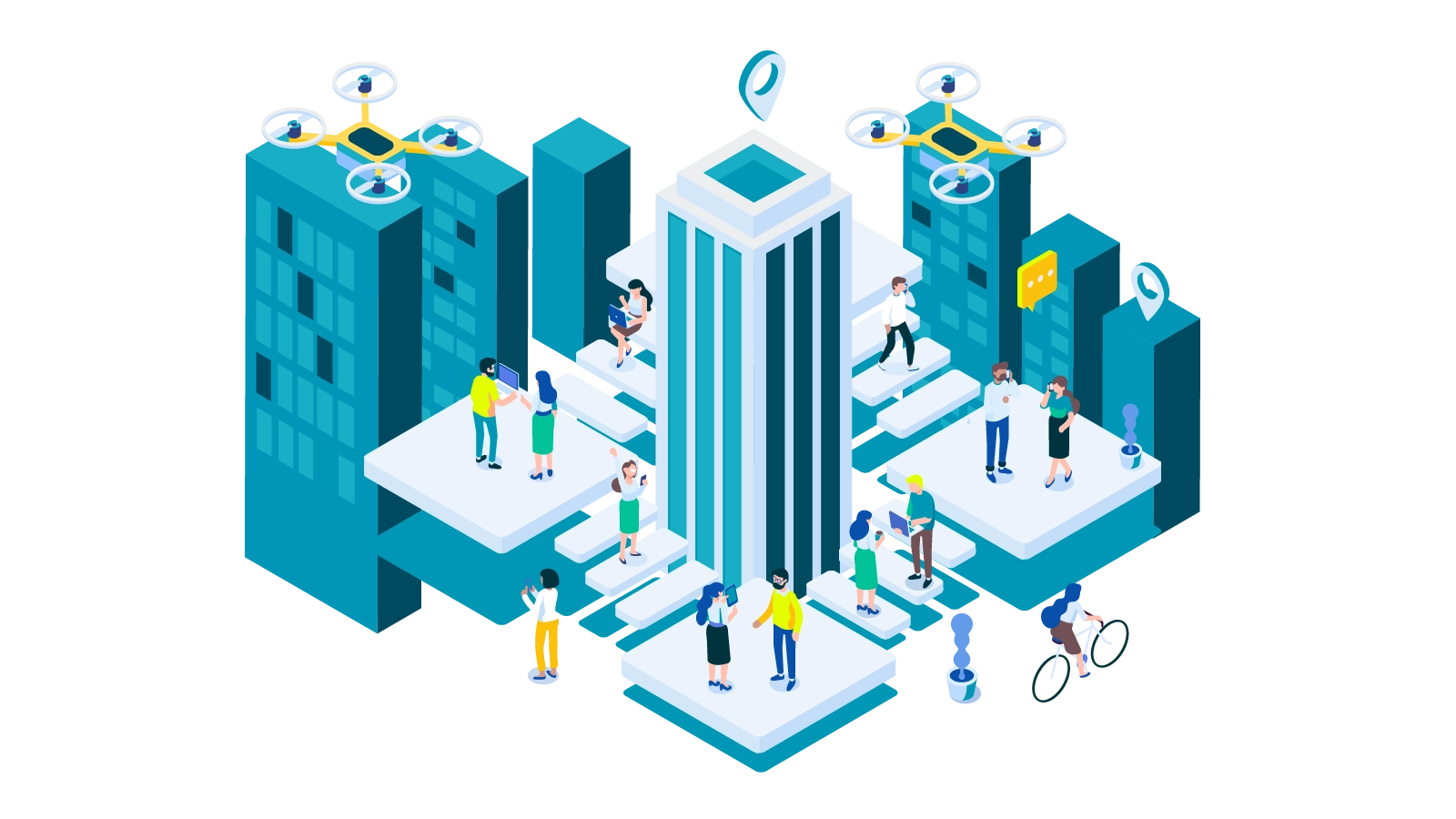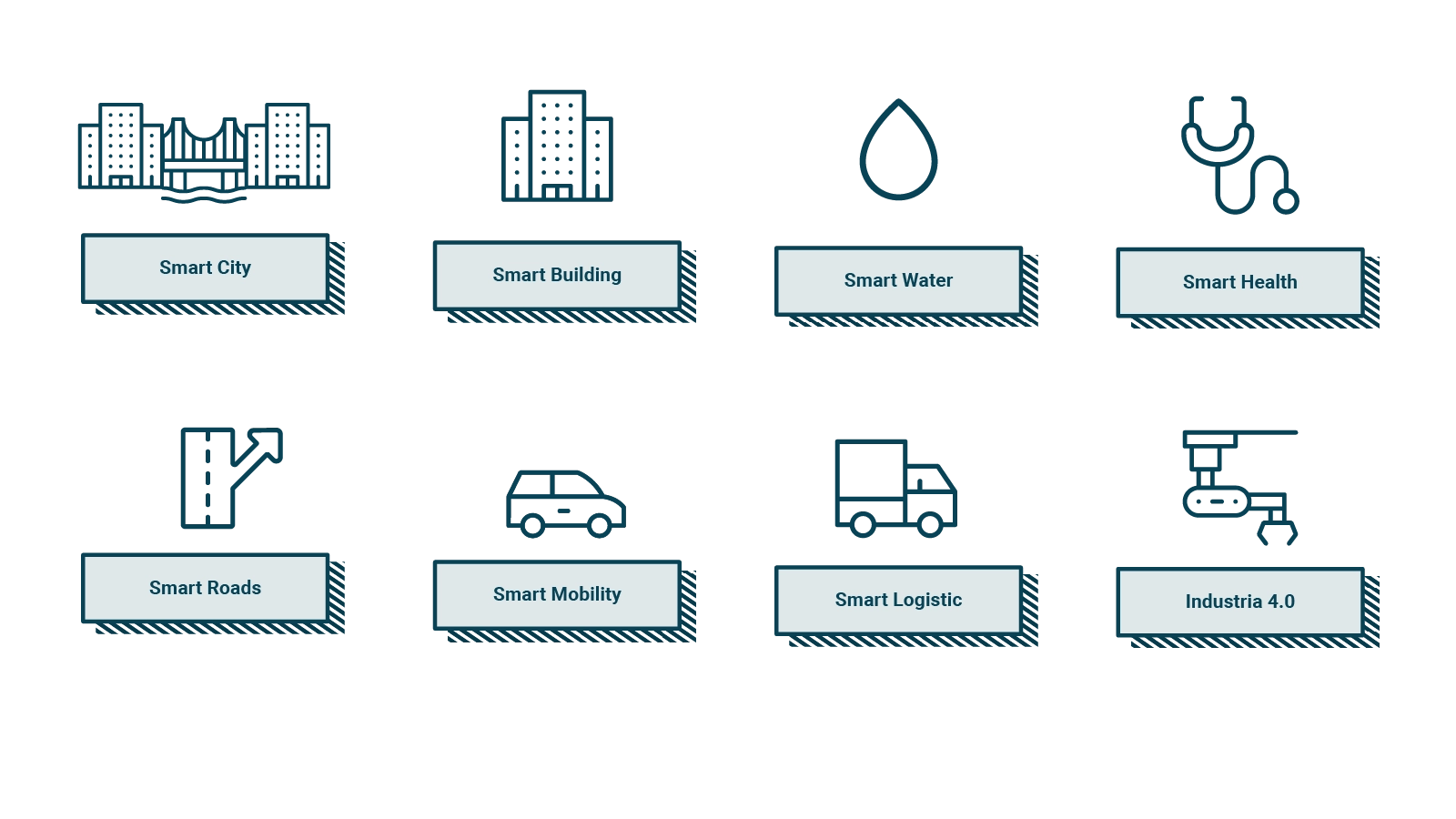What is Internet of Things and why it matters
Innovation
Technology
Consulting
Home » What is Internet of Things and why it matters
Introduction
The Internet of Things (IoT) is one of the most significant technological innovations of our time, revolutionizing how we interact with the digital world. But what exactly is the IoT, and how is it useful?
The IoT represents a transformative force in the digital era and offers immense opportunities for business growth and innovation. Its applications span a wide range of sectors, including smart cities, healthcare, manufacturing, energy, and more.
By enabling smart, connected environments, IoT enhances operational efficiency, improves quality of life, and supports environmental sustainability. Through the real-time collection and exchange of data between devices, it allows for better-informed decisions, optimized resource usage, and customized services for customers.
However, it’s also critical to consider the security and privacy implications of IoT adoption. Ensuring data protection and system security is essential to maintaining user trust and technology reliability.
For businesses, adopting IoT presents a strategic opportunity to maintain a competitive edge in a rapidly evolving market. Integrating IoT into operations enhances productivity, responsiveness, and the ability to meet customer needs effectively.
IoT is reshaping how we live and work. Realizing its full potential requires strategic planning, cross-sector collaboration, and a clear understanding of its applications. The benefits—both societal and economic—are considerable, paving the way for a more connected, efficient, and sustainable future.
Historical Overview of the Internet of Things (IoT)
The concept of IoT traces back to the early development of computer networks and the internet. The idea of connecting physical objects through digital infrastructure has evolved alongside technological innovation.
The term “Internet of Things” was coined in 1999 by Kevin Ashton, who envisioned a world where physical objects could communicate via the internet. Although the concept of inter-device communication existed earlier, Ashton’s terminology gave the idea a clear identity.

In the early 2000s, advancements in sensors, wireless networks, and smart devices brought the IoT vision closer to reality. Everyday objects—appliances, vehicles, medical devices—began to feature connectivity and computing capabilities.
As mobile technology exploded and internet access became widespread, IoT began to attract attention from researchers, businesses, and governments. It found real-world applications in sectors like energy, agriculture, healthcare, logistics, and smart cities.

Today, with the rise of 5G networks and the continued proliferation of connected devices, IoT is expanding rapidly. It’s projected that by 2025, billions of IoT devices will be in use globally, deeply integrating digital intelligence into our daily lives.
Although challenges remain—such as security, privacy, and standardization—the momentum of IoT innovation shows no signs of slowing.
IoT Application Areas
The Internet of Things has become one of the most transformative technologies of recent decades, enabling seamless communication between people, systems, and devices.
In this hyper-connected world, digital systems can record, monitor, and regulate every interaction between physical and digital elements—creating a hybrid reality.
IoT is essentially a network of physical objects—such as appliances, vehicles, and infrastructure—embedded with sensors and connectivity. These objects collect and exchange data, enabling remote control, automation, and analytics.

Key Application Areas:
- Smart Cities: Intelligent lighting, traffic and parking management, public safety, and waste reduction.
- Smart Buildings: Energy efficiency, predictive maintenance, and automation of lighting, HVAC, and security.
- Smart Water: Digital monitoring and management of water distribution and consumption.
- Smart Health: Telemedicine, wearable health monitors, and elder care solutions.
- Smart Roads: Infrastructure monitoring, dynamic traffic flow, and safety enhancements.
- Smart Mobility: AI- and IoT-powered systems that support shared, autonomous, and connected vehicles.
- Smart Logistics: Real-time tracking and optimization of freight transport, warehousing, and supply chains.
- Industry 4.0: IoT-enabled machinery and sensors enhance real-time monitoring and automation in manufacturing processes.
IoT and Digital Transformation in Business
IoT plays a crucial role in digital transformation by increasing connectivity and enhancing resource management across organizations.
By integrating IoT technologies, companies can:
- Monitor operations in real time
- Make informed decisions based on data
- Automate key processes
- Reduce operational costs
- Improve customer satisfaction
Across industries—from healthcare to manufacturing—IoT is transforming workflows and business models. Real-time data collection enables smarter planning, faster responses to market demands, and sustainable practices.
Conclusion
The Internet of Things is revolutionizing how we live and work. By interconnecting devices and leveraging real-time data, IoT creates smarter, more efficient, and more sustainable environments.
From improved customer service to cost reduction and environmental impact, the benefits of IoT are far-reaching. For businesses, IoT adoption offers a strategic pathway to innovation and long-term competitiveness.
However, with this potential comes responsibility. Ensuring data security, privacy, and ethical use of information is essential to building trust in IoT solutions.
As IoT continues to evolve, sectors such as smart cities, healthcare, industry, and energy stand to benefit enormously. By embracing IoT with a strategic and collaborative approach, we can build a more connected, efficient, and sustainable future for all.
Indice
Iscriviti alla newsletter
Indice
Iscriviti alla newsletter
Get more information
Home » What is Internet of Things and why it matters